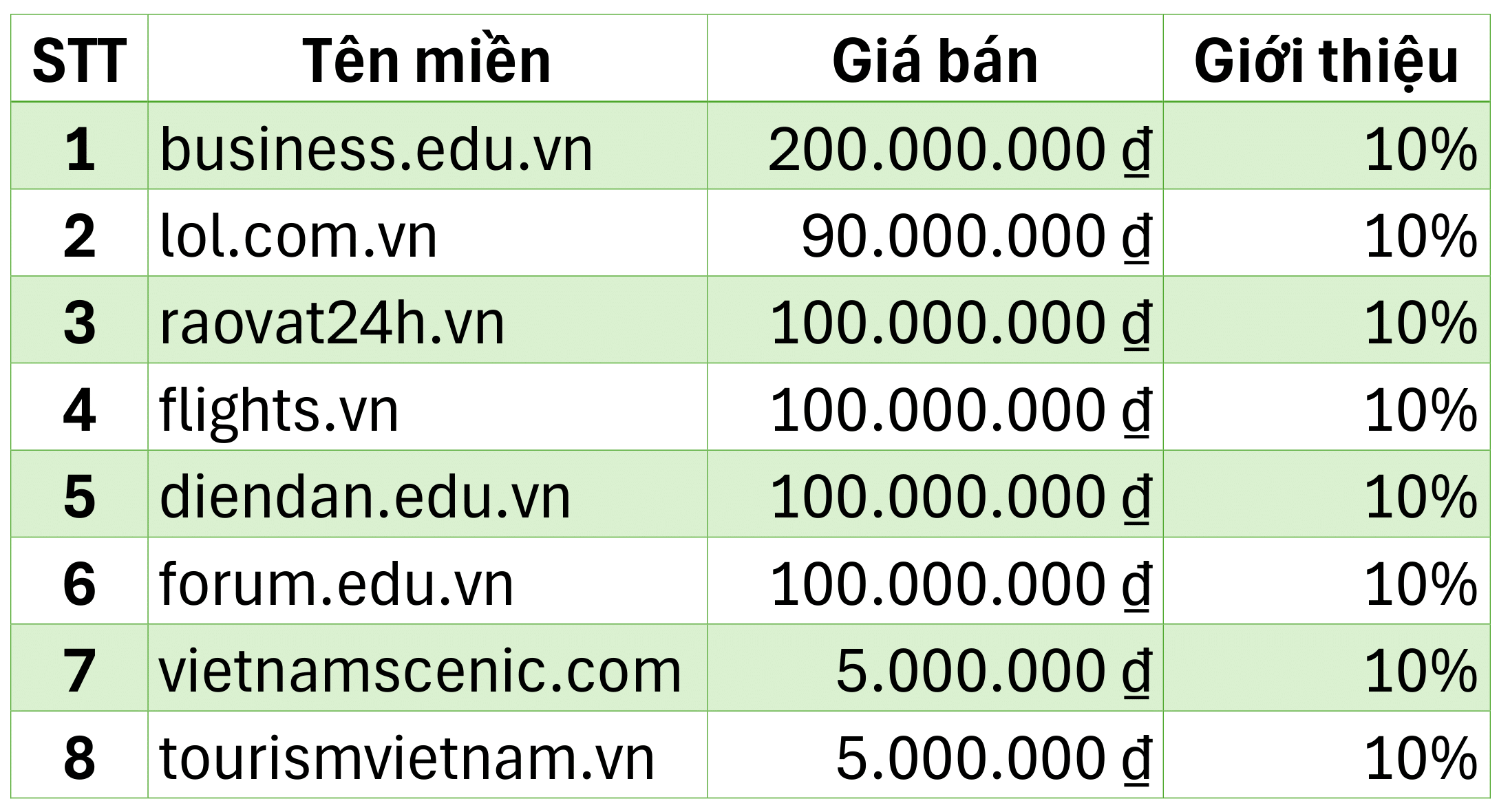haibiettuot
Nhân Viên
Baby led weaning (BLW) has become increasingly popular as a method for introducing solid foods to babies. It offers a hands-off approach where babies feed themselves using finger foods, allowing them to develop fine motor skills, hand-eye coordination, and an independent eating routine. This article explores the benefits of baby led weaning foods, explaining why it’s a growing trend among parents and how it promotes healthy eating habits from an early age.
What Is Baby Led Weaning?
 Baby led weaning is a method of introducing solids to babies that allows them to feed themselves. Instead of spoon-feeding purees, parents offer small, soft, and manageable pieces of food for babies to pick up, chew, and swallow. This approach encourages babies to self-regulate their eating, promotes independence, and helps them develop a positive relationship with food. What is baby led weaning? It’s a natural, child-centered feeding method that gives babies control over their eating habits.
Baby led weaning is a method of introducing solids to babies that allows them to feed themselves. Instead of spoon-feeding purees, parents offer small, soft, and manageable pieces of food for babies to pick up, chew, and swallow. This approach encourages babies to self-regulate their eating, promotes independence, and helps them develop a positive relationship with food. What is baby led weaning? It’s a natural, child-centered feeding method that gives babies control over their eating habits.
BLW is typically introduced when babies are around six months old, the age when they can sit up unassisted and show interest in food. At this stage, babies are ready to explore different textures, tastes, and food options. While it can be messy, many parents find the process to be a rewarding experience as they watch their babies develop new skills and enjoy the foods they offer.
Baby Led Weaning First Foods
 One of the most important aspects of baby led weaning is choosing the right baby led weaning first foods. These first foods should be soft enough for babies to pick up, chew, and swallow without risk of choking. Ideal foods include pieces of steamed vegetables like sweet potatoes, carrots, and broccoli, as well as soft fruits like banana, avocado, and pear. It’s essential to cut foods into appropriately sized pieces, avoiding anything too large or small that could pose a choking hazard.
One of the most important aspects of baby led weaning is choosing the right baby led weaning first foods. These first foods should be soft enough for babies to pick up, chew, and swallow without risk of choking. Ideal foods include pieces of steamed vegetables like sweet potatoes, carrots, and broccoli, as well as soft fruits like banana, avocado, and pear. It’s essential to cut foods into appropriately sized pieces, avoiding anything too large or small that could pose a choking hazard.
In addition to fruits and vegetables, soft scrambled eggs, pieces of toast, or small pancakes are great options to include in the initial stages of BLW. It’s important to offer a variety of foods to expose babies to different textures and flavors, which will help them become more adventurous eaters as they grow older.
Baby Led Weaning Recipes
 For parents looking for inspiration, there are many simple and nutritious baby led weaning recipes that can be easily prepared at home. One popular recipe is mashed avocado and banana, which is soft, nutrient-rich, and easy for babies to pick up. Another simple recipe is sweet potato fries: peel and cut sweet potatoes into sticks, then bake until soft and slightly crispy on the outside. These are both fun and safe options for babies to start exploring solid foods.
For parents looking for inspiration, there are many simple and nutritious baby led weaning recipes that can be easily prepared at home. One popular recipe is mashed avocado and banana, which is soft, nutrient-rich, and easy for babies to pick up. Another simple recipe is sweet potato fries: peel and cut sweet potatoes into sticks, then bake until soft and slightly crispy on the outside. These are both fun and safe options for babies to start exploring solid foods.
When creating baby led weaning recipes, parents should prioritize foods that are rich in essential nutrients like iron, calcium, and healthy fats. For example, introducing fish like salmon or mackerel can provide omega-3 fatty acids, which are vital for brain development. Likewise, introducing oats, whole grains, and beans will help ensure babies receive enough fiber and protein in their diet.
The Key Benefits of Baby Led Weaning Foods
 Baby led weaning foods offer several significant benefits for both babies and parents. First and foremost, they allow babies to develop independence by giving them control over how much they eat and when they stop. This autonomy helps babies learn to listen to their hunger cues and self-regulate their food intake, which may prevent overeating later in life.
Baby led weaning foods offer several significant benefits for both babies and parents. First and foremost, they allow babies to develop independence by giving them control over how much they eat and when they stop. This autonomy helps babies learn to listen to their hunger cues and self-regulate their food intake, which may prevent overeating later in life.
Moreover, the process of self-feeding promotes the development of fine motor skills. As babies pick up and manipulate food, they strengthen the muscles in their hands and fingers, which are crucial for later skills like holding a pencil or using utensils. Additionally, by eating whole foods with different textures, babies develop better chewing and swallowing skills, helping them transition to a wider variety of foods as they grow.
BLW is also an excellent way to introduce babies to family mealtimes. Instead of being fed separately, babies can join in with the rest of the family and enjoy the same foods. This helps foster a positive relationship with food and encourages social interaction during meals. By making mealtime a family event, BLW can lead to healthier eating habits in the long term.
Conclusion
In conclusion, baby led weaning foods are an excellent choice for parents who want to promote healthy eating habits, develop fine motor skills, and encourage independence in their babies. With a variety of nutritious foods, baby led weaning offers a holistic approach to feeding that benefits both babies and their families. By choosing the right baby led weaning first foods and experimenting with easy baby led weaning recipes, parents can help their little ones begin a lifetime of healthy eating habits.
View details at: https://www.akfood.vn/en/
What Is Baby Led Weaning?

BLW is typically introduced when babies are around six months old, the age when they can sit up unassisted and show interest in food. At this stage, babies are ready to explore different textures, tastes, and food options. While it can be messy, many parents find the process to be a rewarding experience as they watch their babies develop new skills and enjoy the foods they offer.
Baby Led Weaning First Foods

In addition to fruits and vegetables, soft scrambled eggs, pieces of toast, or small pancakes are great options to include in the initial stages of BLW. It’s important to offer a variety of foods to expose babies to different textures and flavors, which will help them become more adventurous eaters as they grow older.
Baby Led Weaning Recipes

When creating baby led weaning recipes, parents should prioritize foods that are rich in essential nutrients like iron, calcium, and healthy fats. For example, introducing fish like salmon or mackerel can provide omega-3 fatty acids, which are vital for brain development. Likewise, introducing oats, whole grains, and beans will help ensure babies receive enough fiber and protein in their diet.
The Key Benefits of Baby Led Weaning Foods

Moreover, the process of self-feeding promotes the development of fine motor skills. As babies pick up and manipulate food, they strengthen the muscles in their hands and fingers, which are crucial for later skills like holding a pencil or using utensils. Additionally, by eating whole foods with different textures, babies develop better chewing and swallowing skills, helping them transition to a wider variety of foods as they grow.
BLW is also an excellent way to introduce babies to family mealtimes. Instead of being fed separately, babies can join in with the rest of the family and enjoy the same foods. This helps foster a positive relationship with food and encourages social interaction during meals. By making mealtime a family event, BLW can lead to healthier eating habits in the long term.
Conclusion
In conclusion, baby led weaning foods are an excellent choice for parents who want to promote healthy eating habits, develop fine motor skills, and encourage independence in their babies. With a variety of nutritious foods, baby led weaning offers a holistic approach to feeding that benefits both babies and their families. By choosing the right baby led weaning first foods and experimenting with easy baby led weaning recipes, parents can help their little ones begin a lifetime of healthy eating habits.
View details at: https://www.akfood.vn/en/


 Vận hành bởi Trương Anh Vũ®
Vận hành bởi Trương Anh Vũ®